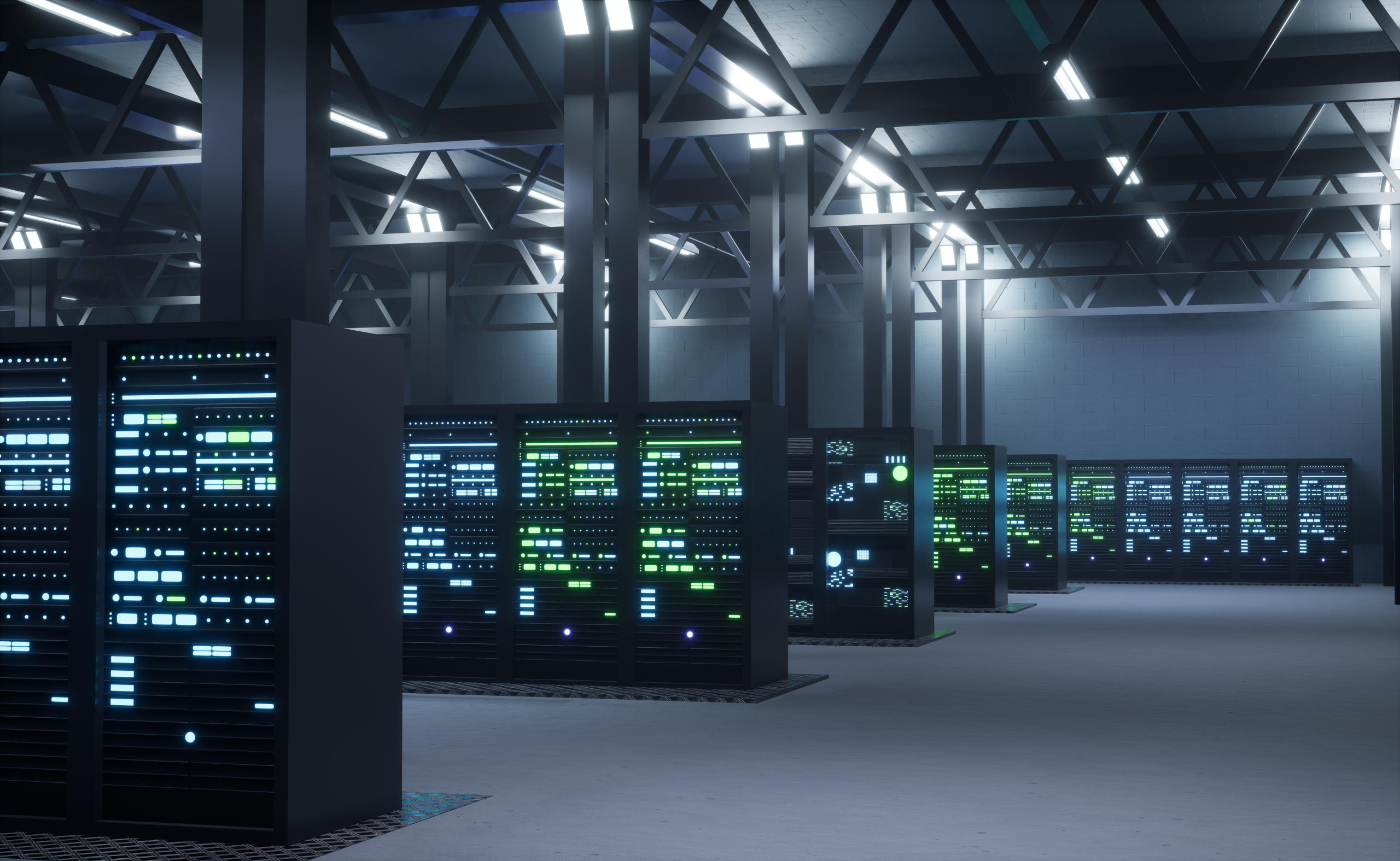Ainda sem produtos na sua encomenda!

The data center market in Europe has seen significant growth in recent years and projections indicate that this trend will continue. In 2024, the European data center market was expected to reach 12,23 thousand MW, with an annual growth rate of 7.96%, thus reaching more than 17,93 thousand MW by 2029.
It is estimated that there are over 8,000 data centers worldwide, the largest cluster being in Northern Virginia with over 300 data centers and an energy consumption capacity of 2,552MW.
Portugal, despite being pointed out as a hub and gateway to the world in terms of interconnection, has 35 data centers, although more investment in this sector is planned.
In Europe, the UK is the country with the biggest environmental footprint. The data centers operating out of London require 1,053 MW. On the same list, the second European city with the most installed capacity is Frankfurt, with 864 MW.
Globally, the second region with the most computing capacity is Beijing, with 1,799 MW, which remains the only Asian city to need more than 1,000 MW to power its data centers. The data centers already installed in Tokyo, for example, consume 865 MW.
This growth is driven by several factors, including the increased use of data, the growing demand for cloud computing services and the need for robust e-commerce systems. In addition, the expansion of emerging technologies such as artificial intelligence (AI) and edge computing is contributing to increasingly advanced data center infrastructures.
However, this growth brings with it significant challenges, especially with regard to energy consumption. According to the European Commission, data centers in Europe used 259 TWh of electricity by 2020, representing 1.7% of the world’s total energy consumption. With the market expected to generate 30 times more data over the next ten years, a corresponding increase in energy consumption is expected. Consequently, there is an increasing focus on reducing energy consumption, consolidating wide area networks (WAN) and bandwidth requirements, creating opportunities for the data center interconnection market.
Known as ‘the new vaults’ because they house servers and storage systems, data centers are physical infrastructures designed to store, process and distribute large volumes of data and digital applications. They support the IT operations of companies, governments and internet service providers.
Due to the high energy consumption and environmental impact, there is an increasing focus on the energy efficiency and sustainability of data centers, including the use of renewable sources and advanced cooling technologies.
The future of data centers in Europe looks promising, with continued growth driven by digitalisation and the adoption of new technologies. However, it will be crucial to address the challenges related to energy consumption and sustainability to ensure a balanced and responsible development of the sector.